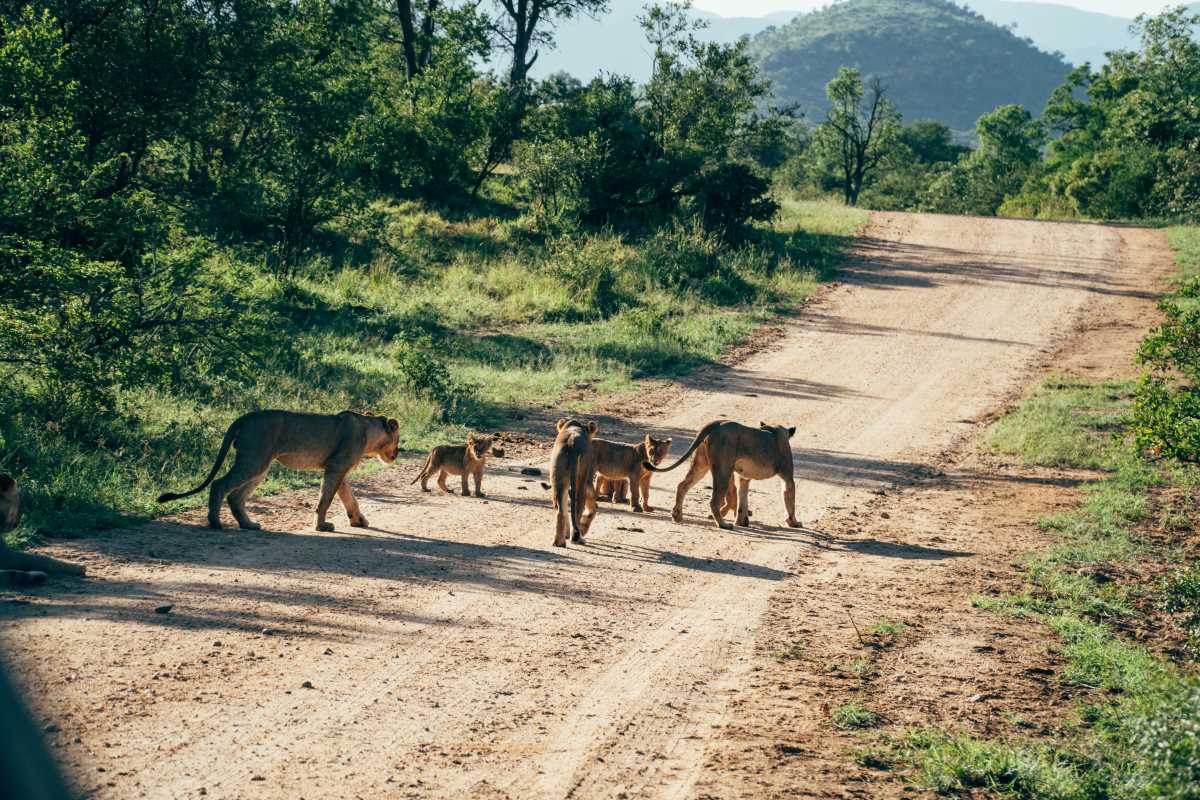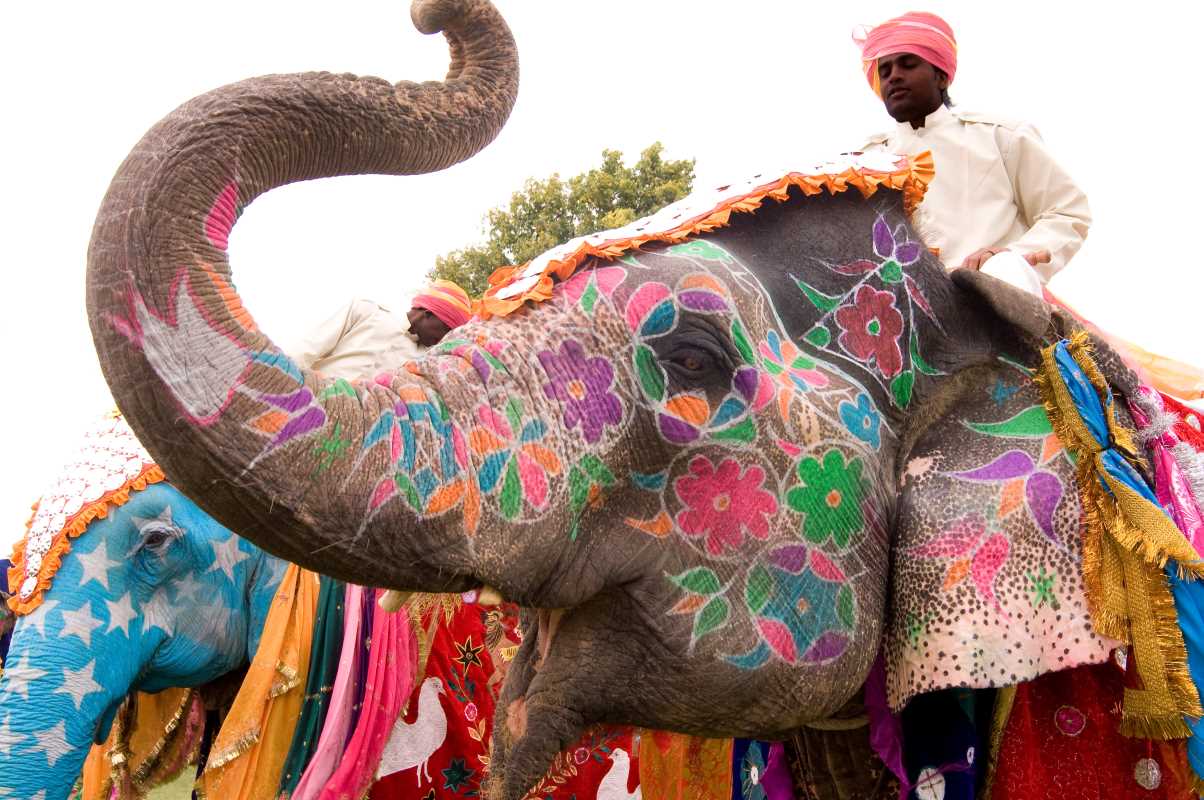Early morning drives through misty grasslands bring a sense of adventure, as binoculars come into focus and distant animal calls fill the air. Each journey into the wild promises the chance to approach a pride of lions or watch a herd of elephants make their way across a river. These unforgettable moments do not happen by accident. Careful preparation, choosing the right equipment, and learning from those who know the landscape all play important roles. With thoughtful planning and a bit of patience, you can enjoy close encounters with wildlife and capture memories that will last long after the safari ends.
Whether you want to photograph shy pangolins at dusk or watch flocks of flamingos at sunrise, this guide reveals less-known angles to help you plan a trip that stays with you long after you return home.
Understanding Your Destination
Map reading involves more than just road networks. Track water sources, seasonal migration routes, and sheltering thickets to identify the best times for viewing. Knowing where animals gather allows you to plan drives during golden hours and periods of increased activity.
Consider weather patterns—dry-season hides concentrate animals around shrinking waterholes, while the rainy season floods the plains with newborns. Observing predators on the move often follows these patterns.
Building Your Itinerary with Purpose
Plan days that alternate between early drives, midday rests, and late-afternoon outings. This rhythm matches animals’ crepuscular habits. Include buffer time for roadside stops, unexpected sightings, and local-guide detours off beaten paths.
Go on night drives where permitted—crepuscular animals like civets or hyenas come out after dark. Local guides often carry handheld spotlights with red filters to reduce disturbance.
Field Tools and Tech—Step-by-Step Gear Guide
Instead of generic checklists, focus on gear that supports long field sessions and quick responses. Over two-thirds of your success depends on tools that help you notice subtle signs such as tracks, droppings, or distant calls.
- Compact binoculars
- Purpose: Improve your visual range while staying lightweight for all-day wear.
- Steps:
- Adjust eye cups to match your interpupillary distance.
- Focus on a distant tree to lock in clarity.
- Set the diopter for sharp detail.
- Availability: Models range from $80 to $200 at outdoor stores.
- Insider tip: Attach a thin neoprene band around the hinge—reduces swivel noise and stabilizes handheld viewing.
- Spotting scope with tripod adapter
- Purpose: Focus on small or camouflaged animals at great distances without blur.
- Steps:
- Mount the scope on a portable tripod.
- Level the tripod feet on uneven ground using the built-in bubble.
- Adjust magnification gradually, starting low and zooming in once the animal stays still.
- Availability: Rentable at many safari camps for about $30 per day.
- Insider tip: Carry a flip-up eyepiece cover to block glare when scanning against bright skies.
- Satellite messenger device
- Purpose: Keep communication open beyond mobile coverage for safety and real-time updates.
- Steps:
- Register an account and set emergency contacts.
- Test the signal outdoors before leaving.
- Check in hourly during drives.
- Cost: Rent or buy around $200 to $300 plus airtime credits.
- Insider tip: Set automatic location pings every two hours to update your lodge—helps guards track your vehicle at night.
- Infrared handheld spotlight
- Purpose: Spot nocturnal animals with minimal disturbance.
- Steps:
- Use a red-filter mode if available.
- Sweep tree lines slowly to catch reflective eye shine.
- Adjust the beam width to balance distance and peripheral coverage.
- Availability: Specialty wildlife suppliers, $120–$180.
- Insider tip: Carry extra AA batteries in sealed plastic to prevent moisture buildup.
- Animal sign field guide
- Purpose: Interpret tracks, droppings, and feeding signs to predict nearby wildlife activity.
- Steps:
- Learn to distinguish claw prints from hoof prints.
- Determine freshness by moisture and crumble resistance.
- Compare feeding signs—bark stripping versus leaf clipping.
- Availability: Pocket guides around $15 at park information centers.
- Insider tip: Highlight seasonal clues, such as:
- Fresh fruit pulp for frugivores
- Paired footprints from mating animals
Partnering with Local Experts
Work with guides who grew up in the area to access knowledge maps unavailable in guidebooks. They recognize individual animal IDs, hidden trails, and subtle behavioral cues.
Set aside part of your budget for tips and spontaneous payments—such as covering fuel for an unplanned detour—which often leads to prime sightings.
Respectful Viewing Practices
Keep a safe distance and use tools like beanbags to steady your camera instead of lowering vehicles into animals’ comfort zones. Vehicles with tinted windows let you observe animals without changing their behavior.
Reduce engine idling by switching to neutral whenever possible—this minimizes noise and vibrations that might scare away creatures.
Completing Your Trip
With careful planning and the right gear, you can enjoy unique encounters beyond typical viewing points. Attention to detail and expert guidance help you create lasting memories.
 (Image via
(Image via





